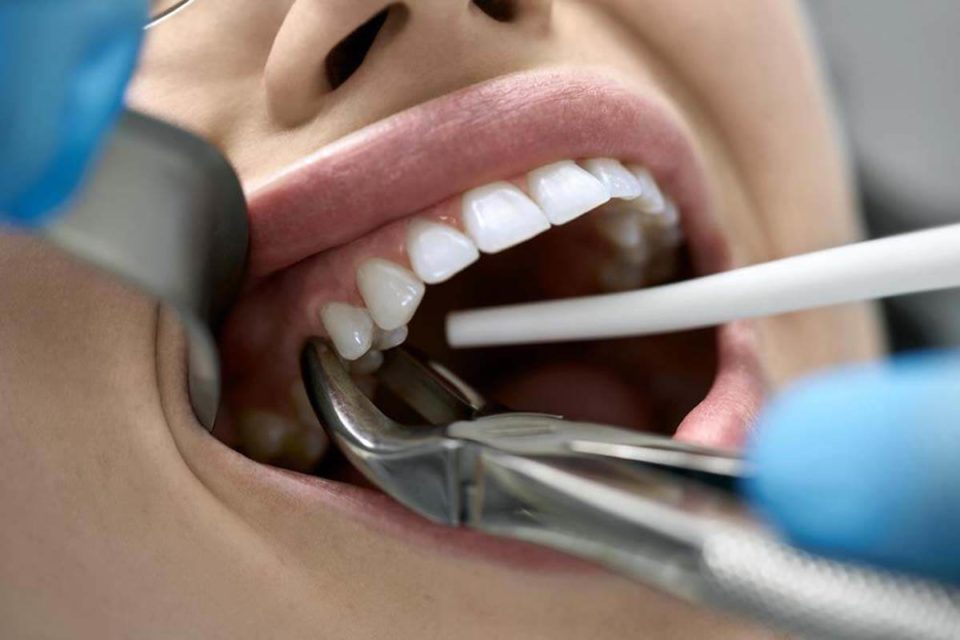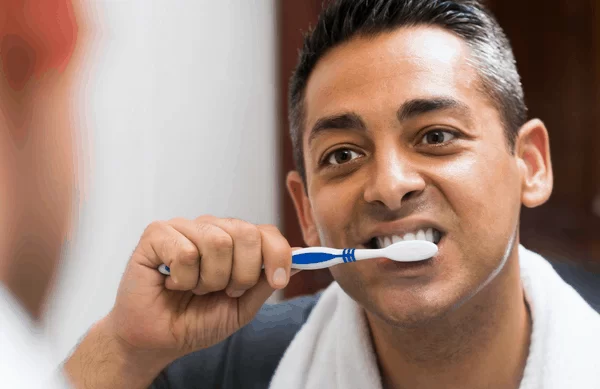Wisdom teeth, also known as third molars, often stir curiosity and concern among individuals as they approach the age when these teeth typically begin to emerge. This article demystifies wisdom teeth removal, providing essential insights to understand better what to expect. Although wisdom teeth removal is a routine dental procedure, it may still appear enigmatic to many individuals.
The Need For Wisdom Teeth Removal
Wisdom teeth, typically the final set of molars, tend to emerge during the late teenage years or early twenties. These teeth served a purpose in our distant ancestors’ diets, which required more chewing power. However, as our diets evolved, so did our jaws, which are now often too small to accommodate these extra teeth. This mismatch between jaw size and the number of teeth leads to various dental issues, necessitating their removal.
When Should Wisdom Teeth Be Removed?
While wisdom teeth removal is not mandatory for everyone, vigilant monitoring of their growth and development remains imperative. A dental professional will evaluate your case through X-rays and clinical examinations to determine if removal is necessary. Common reasons for removal include impaction (when a tooth is blocked from emerging properly), crowding, and the potential for infection or gum disease.
The Process
Consultation and Evaluation
The process leading to wisdom teeth removal commences with a consultation with a dentist or an oral surgeon. During this visit, oral health will be assessed, and X-rays will be taken to examine the position and condition of the wisdom teeth. Based on these findings, dental professionals will recommend the best action.
Anesthesia and Sedation
On the day of the procedure, you’ll be provided with anesthesia or sedation to ensure you’re comfortable and pain-free during the extraction. The type of anesthesia used will depend on your specific case and comfort level.
Extraction Procedure
The extraction procedure involves removing one or more wisdom teeth. If necessary, dental professionals will make an incision in the gum tissue, remove the tooth, and then suture the area to facilitate healing.
Recovery and Aftercare
Post-Procedure Care
After the removal, it’s essential to follow the post-procedure instructions diligently. Typically, this involves adhering to the prescribed pain medication regimen, applying ice to diminish swelling, and maintaining a soft diet during the initial days to minimize discomfort or potential complications.
Healing Process
The healing process varies from person to person but typically takes a few days to a couple of weeks. Maintaining good oral hygiene during this time is crucial to prevent infection and promote a smooth recovery. Your dental professional will guide you through how to clean the surgical site and what to watch for any potential complications.
Benefits
Preventing Future Problems
It is often a proactive measure to prevent future dental issues. Leaving impacted or overcrowded wisdom teeth in place can lead to pain, infection, and misalignment of adjacent teeth.
Improved Oral Health
One can maintain the mouth’s overall health and functionality by removing problematic wisdom teeth. This procedure helps prevent gum disease and ensures your other teeth remain properly aligned.
Conclusion
Although sometimes viewed as a mysterious process, wisdom teeth extraction is a routine and necessary dental procedure for many individuals. By understanding the reasons for removal, the process involved, and its benefits, one can approach wisdom teeth extraction more confidently and clearly. If it is suspected that the wisdom teeth may require attention, consult a dental professional to determine the best course of action and ensure the continued health of a smile.





